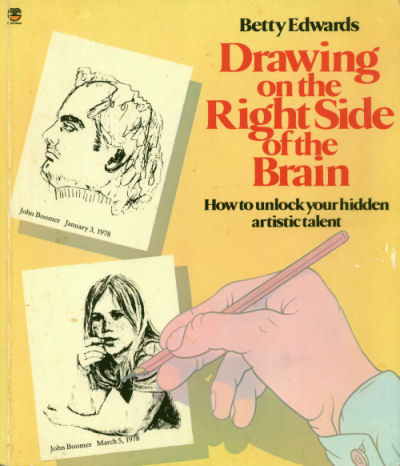- Poses 1
- Poses 2
- Poses 3
- Poses de 30 segundos
- Partes do corpo (escolher no menu do lado direito)
- Perspectiva
- Desenhar uma mulher
Caderno de desenhos
segunda-feira, janeiro 10, 2011
Poses
domingo, janeiro 09, 2011
terça-feira, julho 27, 2010
domingo, junho 24, 2007
Visita ao museu

Roy Lichtenstein American, 1923-1997
Picture and Pitcher,1977; cast 1978
Painted bronze, 95 x 40 x 24 1/2"
Edmund Hayes and Charles Clifton Funds, 1978
Roy Lichtenstein is known for his sense of humor and his ability to play with perception. The title of this piece is a play on words—Picture and Pitcher—words that many people mispronounce and mistake for one another. The work is filled with a variety of contradictions. First, he chose to create a still life—a type of art traditionally associated with the realm of paintingÛin sculpture. He constructed the sculpture in such a way, however, that it has the flatness of a painting. The medium is bronze, which Lichtenstein painted to look like wrought iron and glass. There is also a contradiction between appearance and substance. For example, ephemeral aspects of the scene, such as transparency, light, and shadow—which in painting would be illusions—are made actual in the sculpture's three-dimensional form. The yellow frame of the picture is distorted as it is viewed through the glass pitcher. The stripes of the sky are not only reflected inside the pitcher, but also on the top of the stool. Illusion in the sculpture is carried further by the disconcerting slant of the stool and the configuration of the legs, which almost appear to be in the process of folding up.
Lichtenstein was an important part of the 1960s trend called Pop art. The term "pop" refers to popular culture. In Pop art, everyday objects became the subject matter for painting and sculpture in a variety of different ways. Lichtenstein chose the comics as the point of departure for his paintings. He selected an image, increased its scale, and altered it in subtle yet important ways. Lines were moved, or shapes changed to strengthen the composition. The appearance of Picture and Pitcher, although a sculpture, still displays the strong outlines, solid primary colors, and simplification of form characteristic of his earlier Pop paintings.
This work is one of a group of twenty sculptures that Lichtenstein created between 1977 and 1980. He first planned the composition in a series of detailed drawings. He then made a full-sized wooden model before it was finally cast into metal, first in aluminum, then in an edition of three in bronze.
— Mariann Smith
(retirado daqui)


